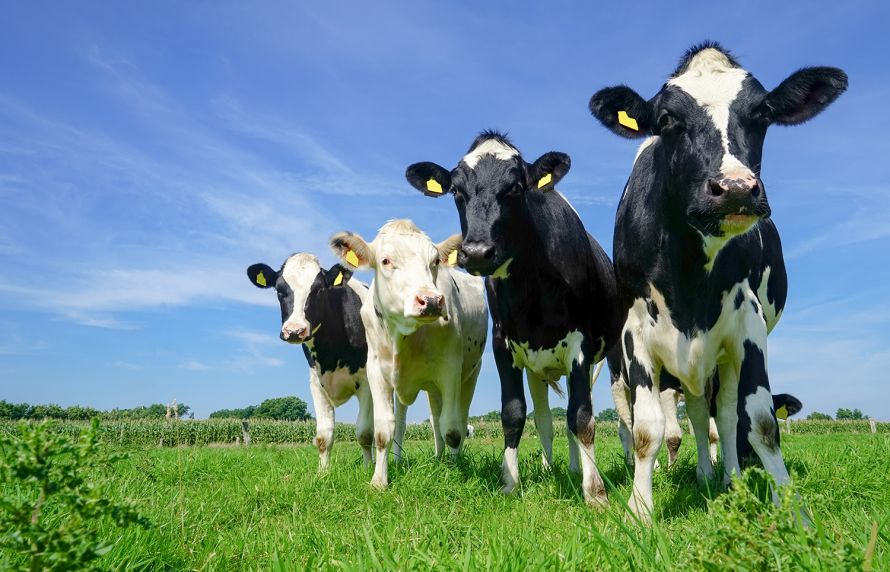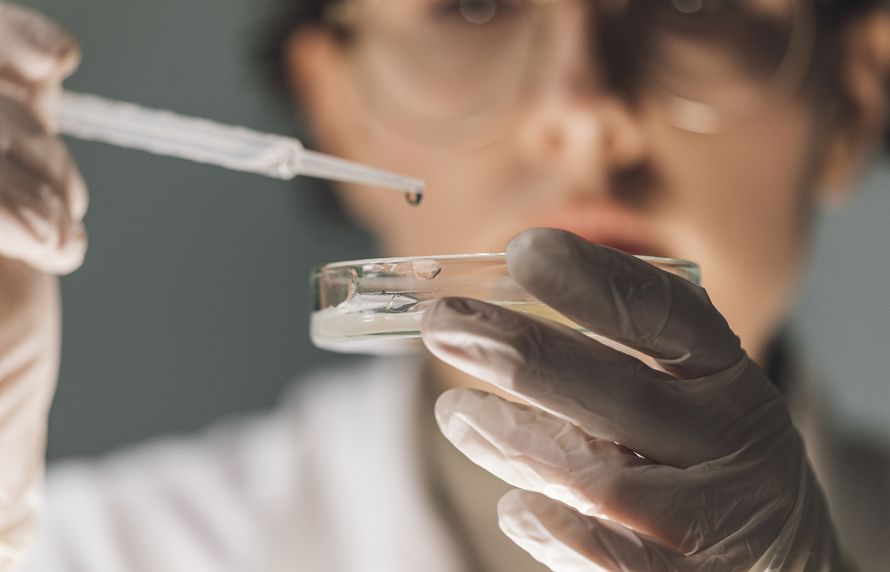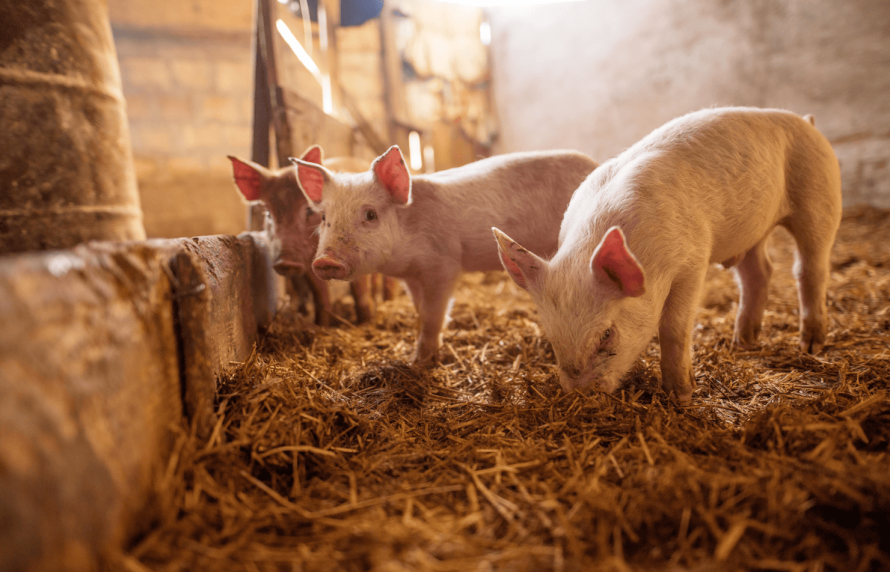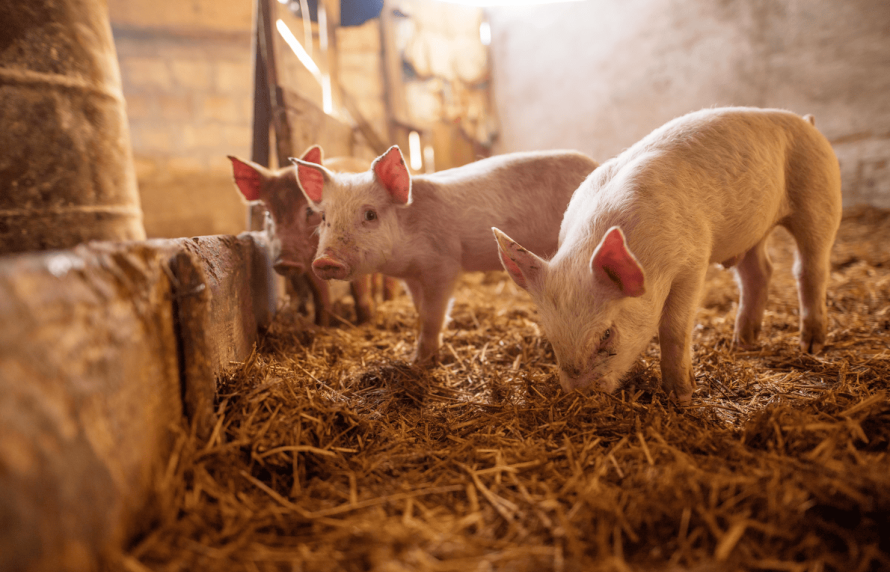Scientists from INRAE and ANSES have been studying changes in field margin vegetation on 500 agricultural plots in mainland France, to understand how climate change and farming practices are affecting these plants. Their results, published in Ecology Letters, show that in 10 years the average temperature in these plots has risen by 1.2°C and soil moisture has fallen by 14%. The work shows that the plant communities in field margins have changed as a result, with more species tolerant to heat and aridity to the detriment of ruderal species (i.e. those able to withstand the disruption associated with farming practices). Climate change mitigation practices, such as plant cover and agroforestry, or reducing the use of agricultural inputs, would help preserve the ability of this biodiversity to adapt.








